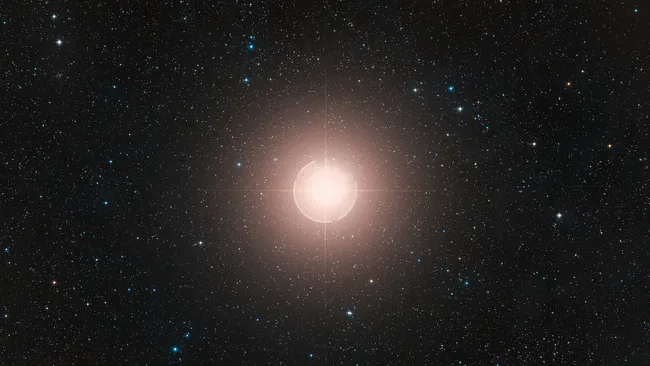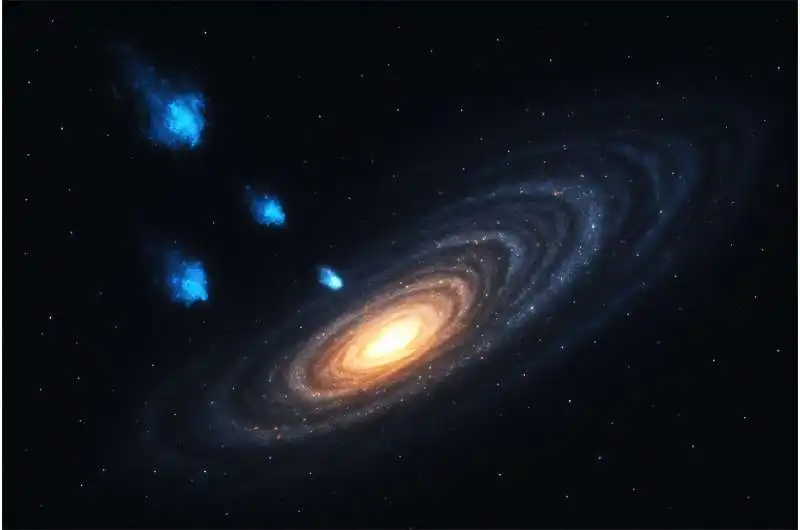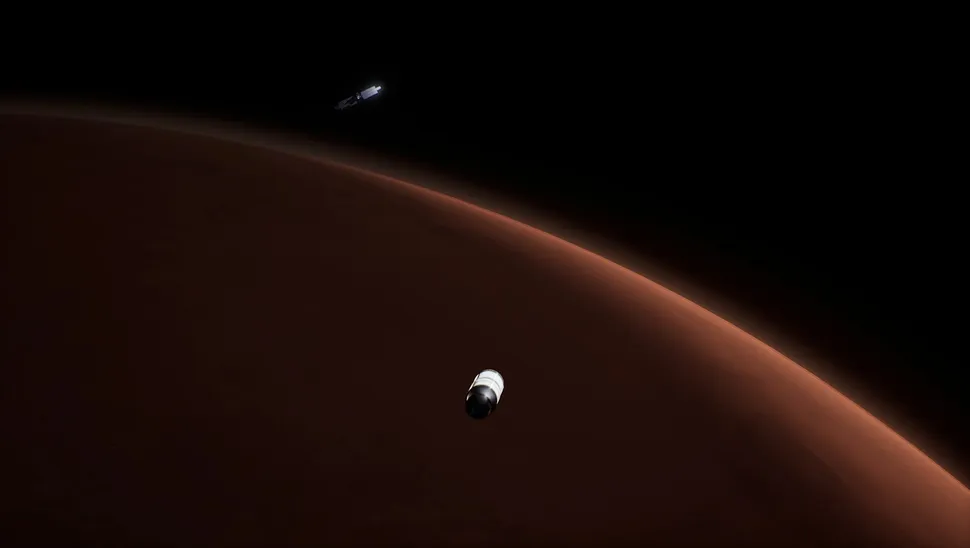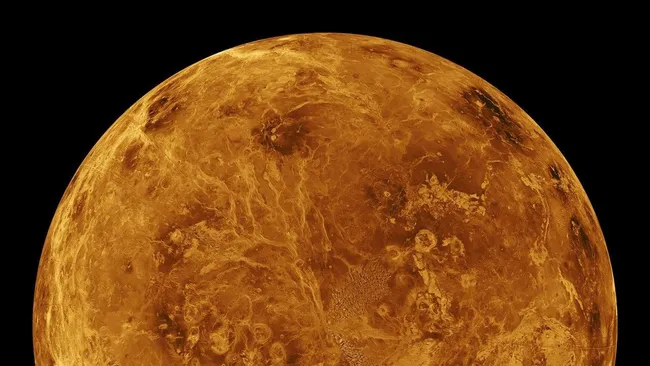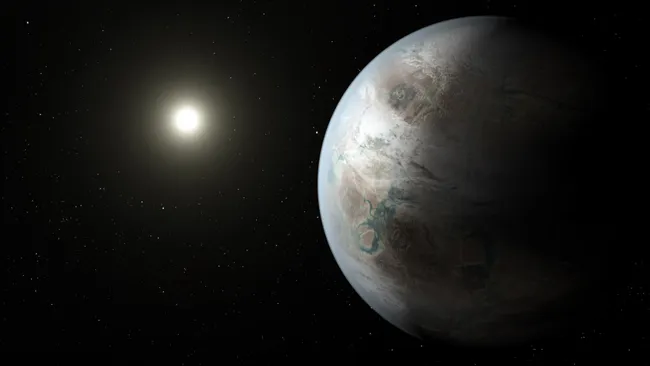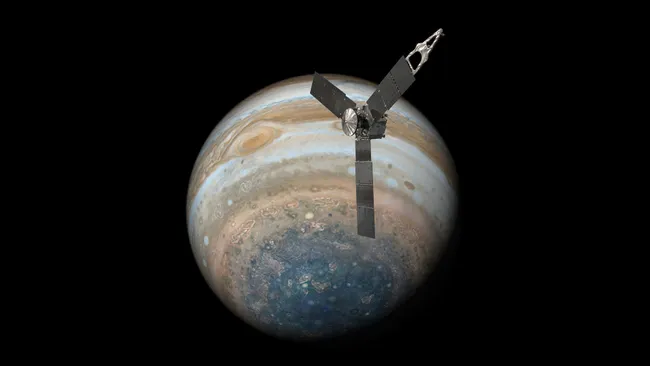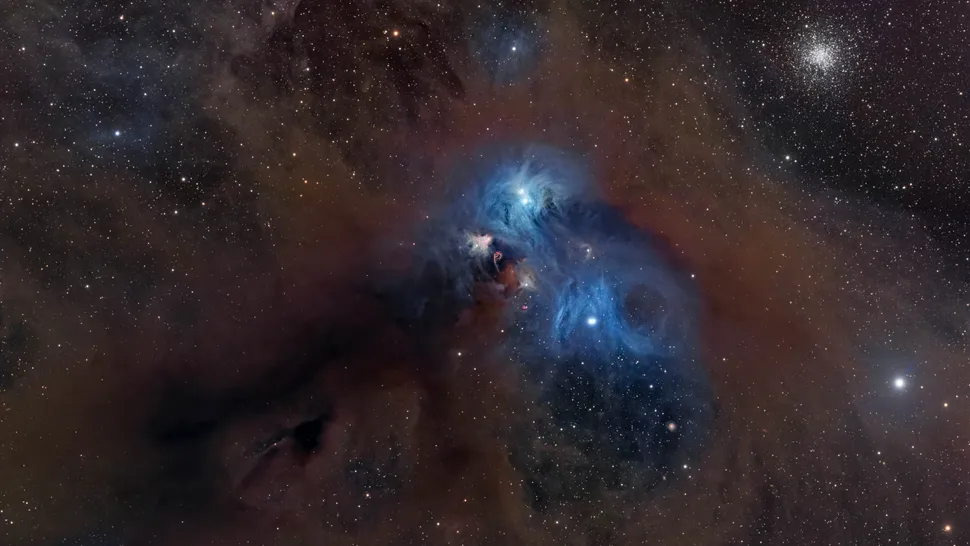Every cosmic giant needs a companion — and now, Betelgeuse finally has one. Astronomers have confirmed that the red supergiant, located in the Orion constellation and visible to the naked eye for millennia, isn’t alone after all. Say hello to Betelbuddy, a much smaller companion star that’s rewriting what we know about binary star systems.
Using the Gemini North Telescope in Hawaii, astronomers first detected a faint object near Betelgeuse. Researchers from Carnegie Mellon University (CMU) then turned to NASA’s Chandra X-ray Observatory and the Hubble Space Telescope for deeper observation. The timing was perfect — Betelbuddy had reached its farthest orbital point from the giant star, making it visible for the first time.
“This is the deepest X-ray observation of Betelgeuse to date,” said Anna O’Grady, postdoctoral fellow at CMU. “Until now, there had never been a good observation where Betelbuddy wasn’t hidden behind Betelgeuse.”
Initially, scientists believed the smaller object might be a white dwarf or neutron star. However, the lack of accretion signatures — a defining feature of such stars — led them to a new theory. Betelbuddy could be a young stellar object, roughly the size and mass of our Sun.
This discovery is significant because it challenges current astrophysical models. Binary stars usually form with similar masses, yet Betelgeuse is estimated to be 16–17 times the Sun’s mass, while Betelbuddy is comparable to the Sun itself.
“This opens a new regime of extreme mass ratio binaries,” O’Grady explained. “Such systems are rare and extremely difficult to detect. Observing Betelgeuse and Betelbuddy together marks an important leap in our understanding of stellar evolution.”
Astronomers believe this is only the beginning of an extraordinary cosmic story — one that could reshape how we study the life cycles of massive stars in binary systems.

